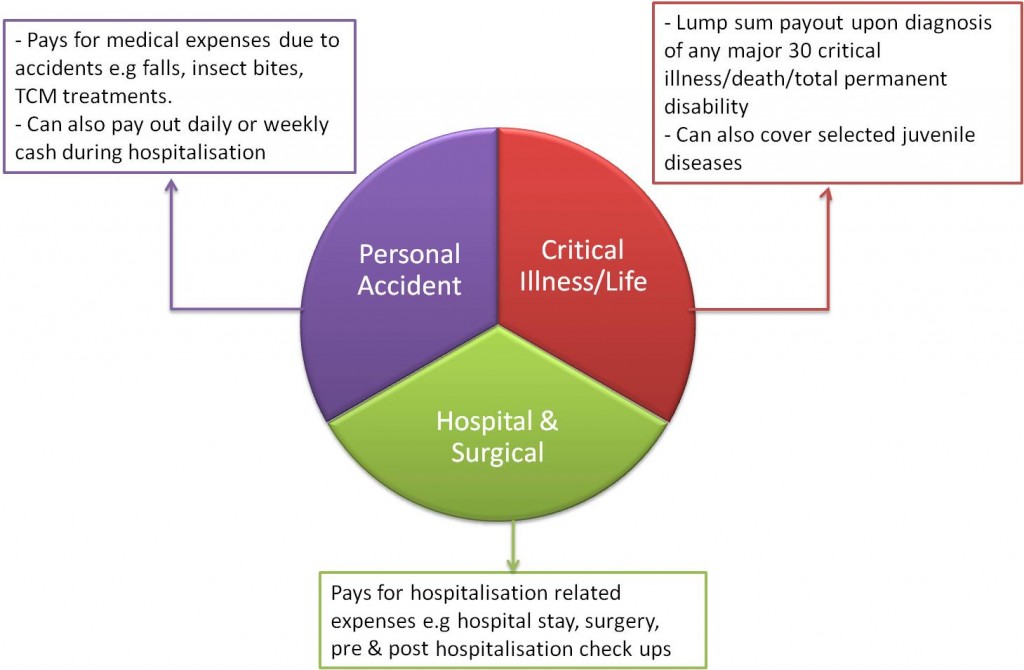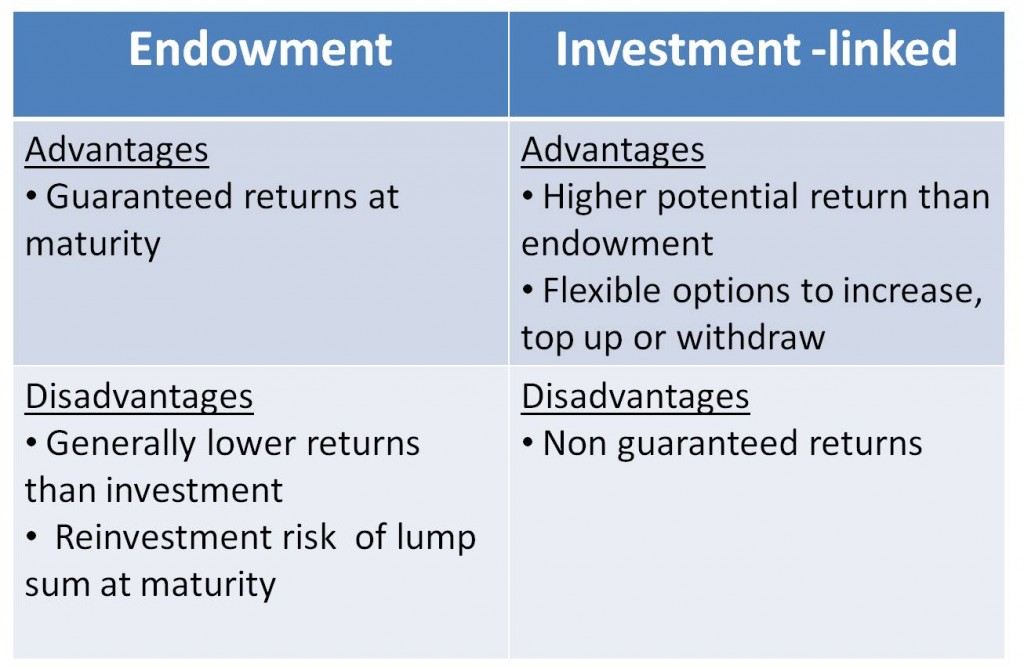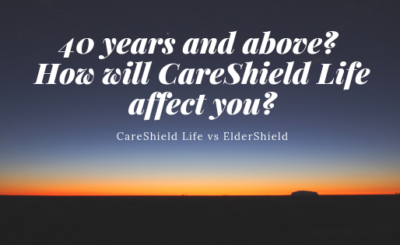 When I connect with young parents or parents to be, questions like these often pop up:
When I connect with young parents or parents to be, questions like these often pop up:
“What kind of insurance must I get for my child/baby?”
“Which are the essential ones to get so my precious one is sufficiently protected?”
Types of Insurance Required to Protect Your Loved Ones
Below diagram shows the 3 main types of insurance and their purpose
A) Hospital and Surgical Plans
Also known as H&S plans, these are considered the most basic and fundamental plans that all parents need to get for their children. You can apply to get your children covered once they turn 15 days old.
In Singapore, you can actually get comprehensive H&S coverage with your Medisave and some cash. All Singaporeans and PRs who contribute to Medisave are covered under Medishield, a basic H&S plan meant to cover the medical bills in class B2 and below wards in government/restructured hospitals e.g SGH, TTSH etc.
You can use your Medisave to upgrade your child’s coverage to private hospitals and class A wards by purchasing an integrated shield plan with any of the 5 insurers in Singapore – AIA, Aviva, Great Eastern, NTUC and Prudential. The good news is that you can actually enjoy free coverage for your children up to age 20 with Aviva Myshield!
The key differences between the Integrated Shield plans and basic Medishield is that it provides As-charged coverage for hospitalisation bills and unlimited lifetime coverage versus Medishield which has sub-limits on individual items e.g surgery, room and board etc.
Take note that even with the upgraded plans, there will still be two portions of the bill that you need to pay. The annual deductible, which is the first $X of your bill, depending on the ward you stay in. It ranges from $1000 for ward C to $3500 for ward A. The 2nd component is the co-insurance, which is 10% of the remaining bill after first $x deductible. For more information, see my other post- 3 things you must know about your health insurance
These 2 components can be fully covered by taking on riders, which are payable in cash. For young children before the age of $15, it only cost less then $30/mth.
B) Personal Accident Coverage
Being active, energetic and curious, children may sometimes injure themselves during their play or exploration. They may also be susceptible to illnesses like hand, foot mouth, food poisoning or insect bites while in school or out at play.
Having a personal accident plan can help to reimburse small and medium bills due to such minor accidents. Most personal accident plans reimburses medical expenses from clinics, A&E and even TCM practitioners. Premiums are generally affordable within the range of $10 to $25/mth.
C) Critical Illness Protection
Critical illness plans pay out a lump sum of money upon diagnosis of any of the 30 critical illness. Some parents ask, why do I need this when my child is already covered with a comprehensive H&S plan?
One thing to understand is that the H&S plan will only cover standard medical treatment charges if there is hospitalisation involved in Singapore, and only up to a limited period after discharge. It does not cover for ongoing medical expenses and medication for chronic diseases such as diabetes, alternative treatment, tonics etc outside of the hospital.
Having a sum of money helps parents to relieve such medical expenses and opens up options for parents to seek the best possible treatment e.g overseas.
Most importantly, by insuring the child at a young age, you secure his critical illness protection in future and pay much lower premiums as well. With limited payment options available nowadays, you can pass on a fully paid up critical illness cum life insurance policy as a gift of love for your child by the time he/she leaves school.
Juvenile Illness Protection
Besides the standard 30 critical illness e.g stroke, heart attack etc that are covered in normal critical illness plans, there are also juvenile diseases that young children are susceptible to e.g Kawasaki Disease, Severe Asthma and Insulin Dependent Diabetes Mellitus. Securing your child with juvenile illness protection can help offset the medical treatment cost and relieve your financial burden.
Pre-Natal Coverage
Most critical illness protection coverage can only take effect after the child is born, typically when the child is 1 month old. However, in the unfortunate event of children born with congenital abnormalities or illnesses, parents may find difficulty in securing insurance coverage for their children. Those congenital diseases would be considered as pre-existing conditions which are typically excluded or worse, the child might be declined coverage altogether, depending on the severity of the condition.
 Good news is that there are now plans that allow pregnant mummies to insure themselves and their unborn child while still in the womb. Such plans will provide the peace of mind and ensure your child will be able to secure critical illness protection after birth. It also protects the mother against pregnancy complications and the child against congenital illness.
Good news is that there are now plans that allow pregnant mummies to insure themselves and their unborn child while still in the womb. Such plans will provide the peace of mind and ensure your child will be able to secure critical illness protection after birth. It also protects the mother against pregnancy complications and the child against congenital illness.
What about my child’s education savings?
Many parents are concerned about the rising cost of tertiary education and are eager to start saving as soon as possible for their children’s future. With the rate of inflation of education fees, a 4 yr local university degree education is projected to cost as much as $238,400 in 20 years time. Click here to read more.
Although the rising cost of education appear daunting, it is still possible to achieve the desired goal with proper and early planning.
There are 2 common types of savings plans that can help parents to systematically accumulate their children’s education funds: Traditional Endowment plans and Investment Linked plans
Below table shows pros and cons of these 2 common education savings plans
By starting on a systematic investment plan and allowing the returns to compound overtime, your child’s future education is within reach. For example, if you invested an annual amount of $6000 at an average return of 7% per annum, your total savings would have grown to $269,191 in 20 years time!
Parents who are more comfortable with guaranteed maturity returns and opt for pure endowment plans may need to set aside higher amount of savings each year to achieve the desired target due to the generally lower returns.
There are plans available in the market that provide the best of both worlds for parents, offering guaranteed returns as well as potential higher returns via investment. To find out more, contact me for more information
Something to note
As children’s insurance policies are paid by the parents, it’s important to ensure that should any party be unable to support the premiums, the child’s education plans are not jeopadised.
You can add on riders to waive the premiums upon death, disability or critical illness of the payor which helps to offset the financial burden of the surviving spouse. You can also secure your child’s standard of living by selecting plans that pay out a monthly schooling income upon either parent’s death, disability or critical illness.
Prioritising Needs
Starting a family is a major life changing event in many aspects and proper planning is important to ensure the new plans are within the financial capability of both parents. It’s recommended that parents discuss and allocate their budget wisely to address the most important priorities first.
After all, financial planning is a ongoing process which can be reviewed and adjusted as the family’s financial needs and budget changes over time.
To Your Success and Happiness,
Yong Hui








Hi Yong Hui
Thanks for featuring our product at your blog, by the way, the url is outdated. the new url is http://www.axalife.com.sg/health/mums-advantage
regards
Wayne
Thanks wayne for your update, url has been updated
Me and my hubby got a plan on getting an educational insurance for our kids. I might as well suggest this blog to him.